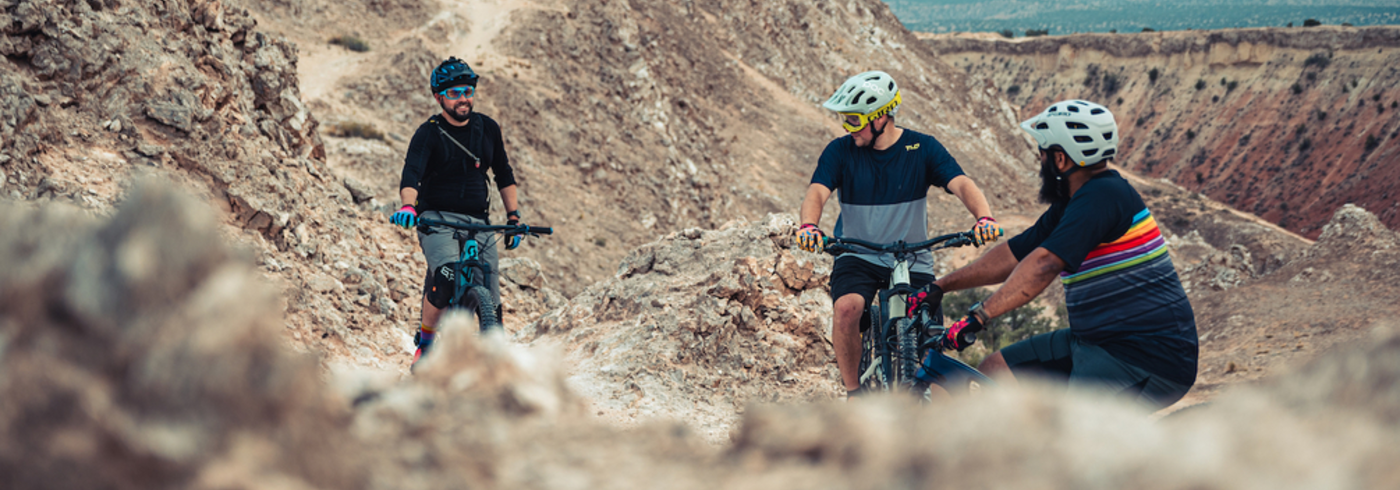A guide to new trails
Setting a vision
Vision-setting is critical to any trail project's success. A strong vision statement will set the foundation for every step of the project and keep the community focused on goals. An inspirational and enduring vision will reflect your project's primary purpose, and inform the roadmap you will need to build for success.
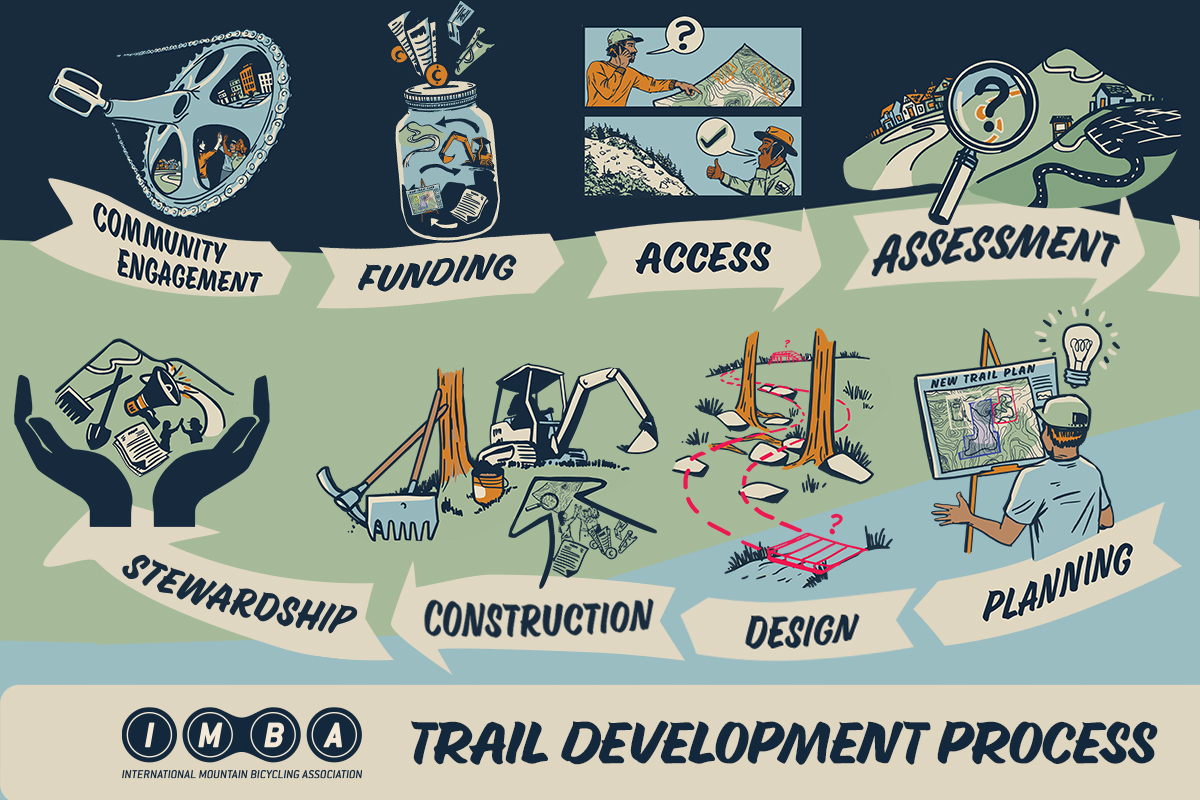
Vision in Iron Hills
In Cedar City, Utah, the vision for trails is to provide a connection for communities. The goal is to provide a nearby trail experience for every community in the region, so that more people can spend time on trails. Now, the community sees walkers, dog walkers, runners and riders
“We looked at this piece of land and thought, how can we provide recreation? Now, we see a lot of walkers, dog walkers, runners, riders; and a lot of those people don’t drive to the trailhead, they actually walk or run or ride to the trailhead.” –Dave Jacobson, Bureau of Land Management Recreation Planner
What's in a vision?
Your vision should set a high bar by being inclusive and aspirational. A clear, relevant vision readily communicates the benefits of a trail project. A vision that will attract widespread support usually contains two important elements: the ways the project will benefit the entire community, and the kinds of experiences needed by trail users.
With your vision set, you'll be able to build a team to help you achieve your goal through the following steps:
-
Access: Gaining and protecting permission to ride or develop trails on public land.
-
Community Engagement & Advocacy: Developing the relationships needed to make progress on trail projects.
-
Assessment: Analysis of the opportunities and constraints of a landscape, trail system, or greater area.
-
Funding: Sourcing and leveraging financial support to pay for trail development and maintenance.
-
Planning and Design: Planning generates a high-level vision for trail possibilities. Design lays out on-the-ground trail alignments and elements.
-
Construction: Building trails guided by the vision, plan, and design.
-
Stewardship: Maintenance and promotion of trails once they are complete.
Resources
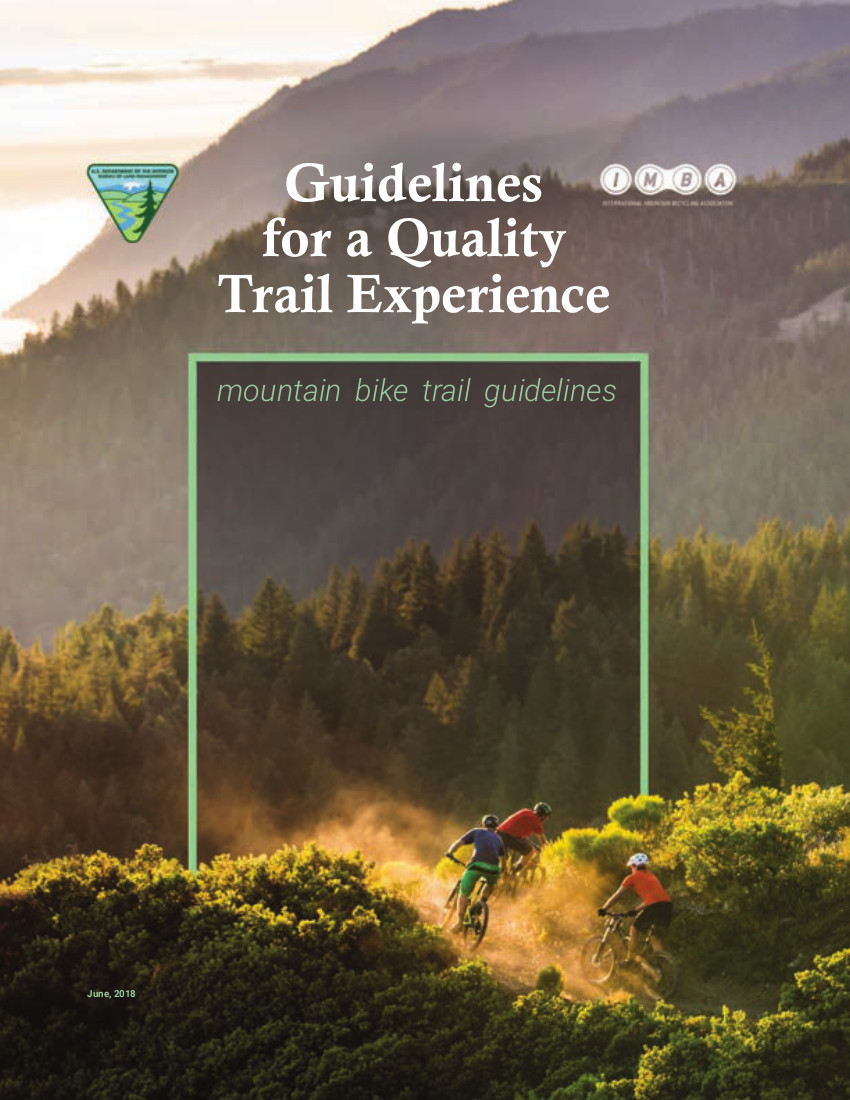
Guidelines for a Quality Trail Experience
Guideline to improve design, construction, and management of trails.
Learn More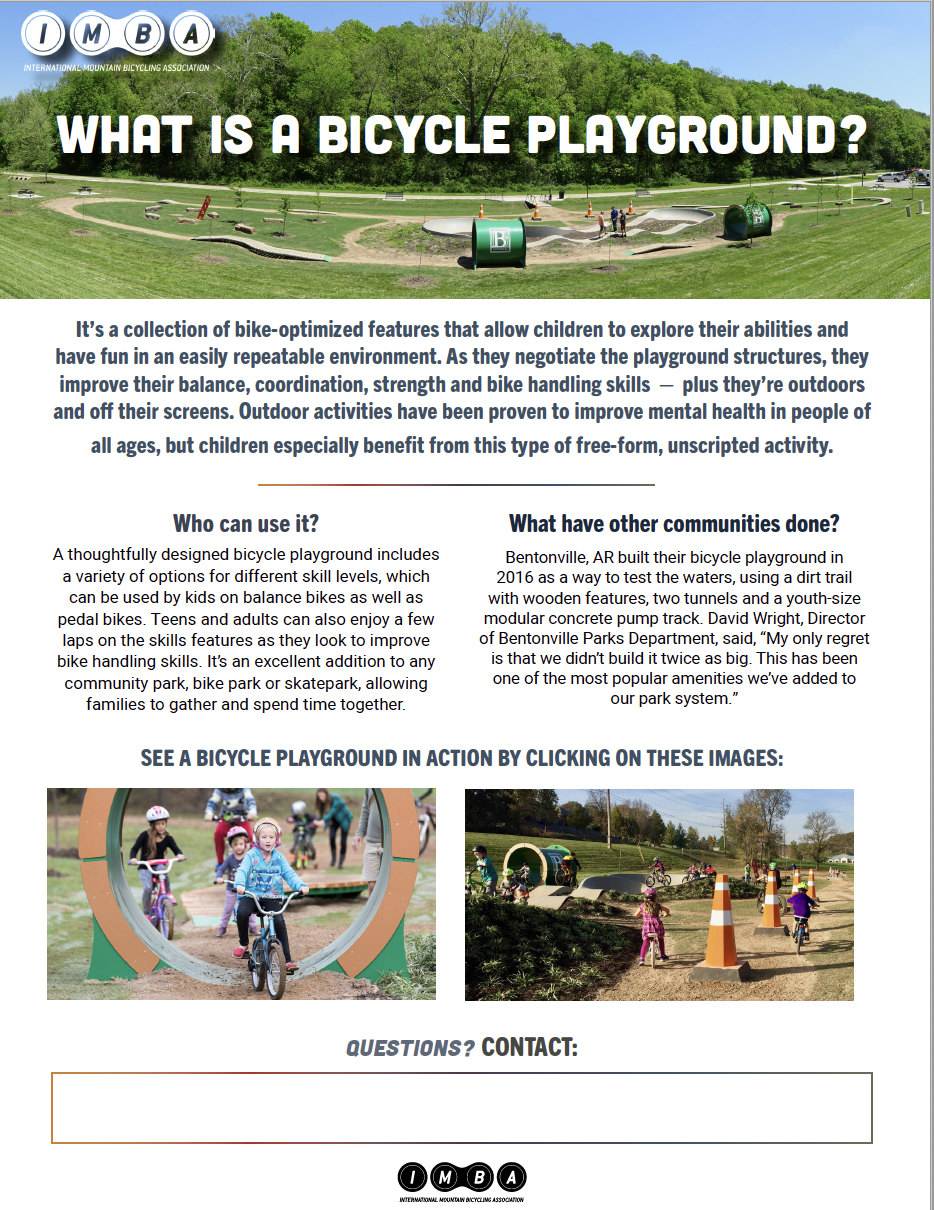
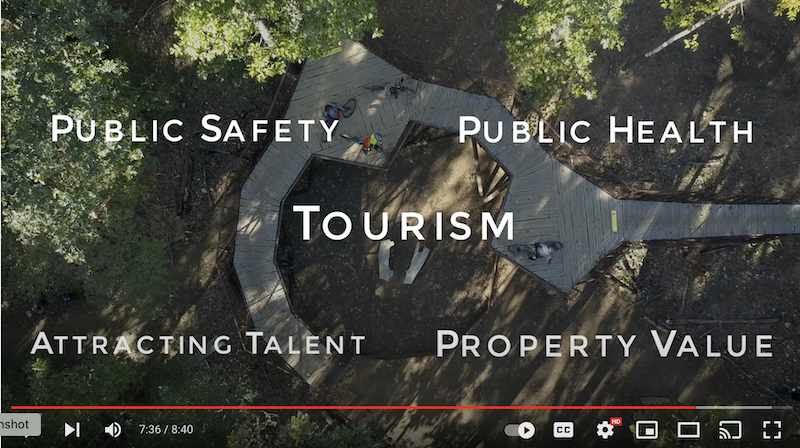
Why Cities Build Bike Parks, and How to Convince Yours
A strategy for creating bike parks.
Learn More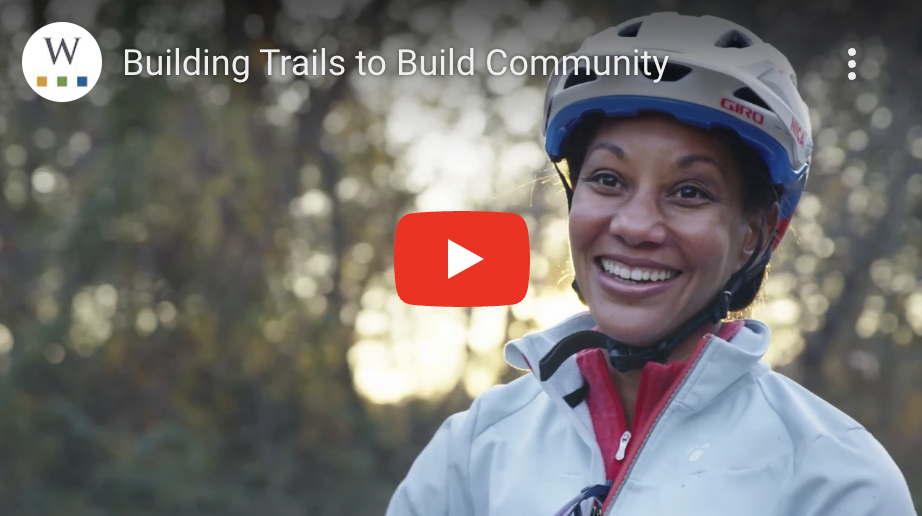
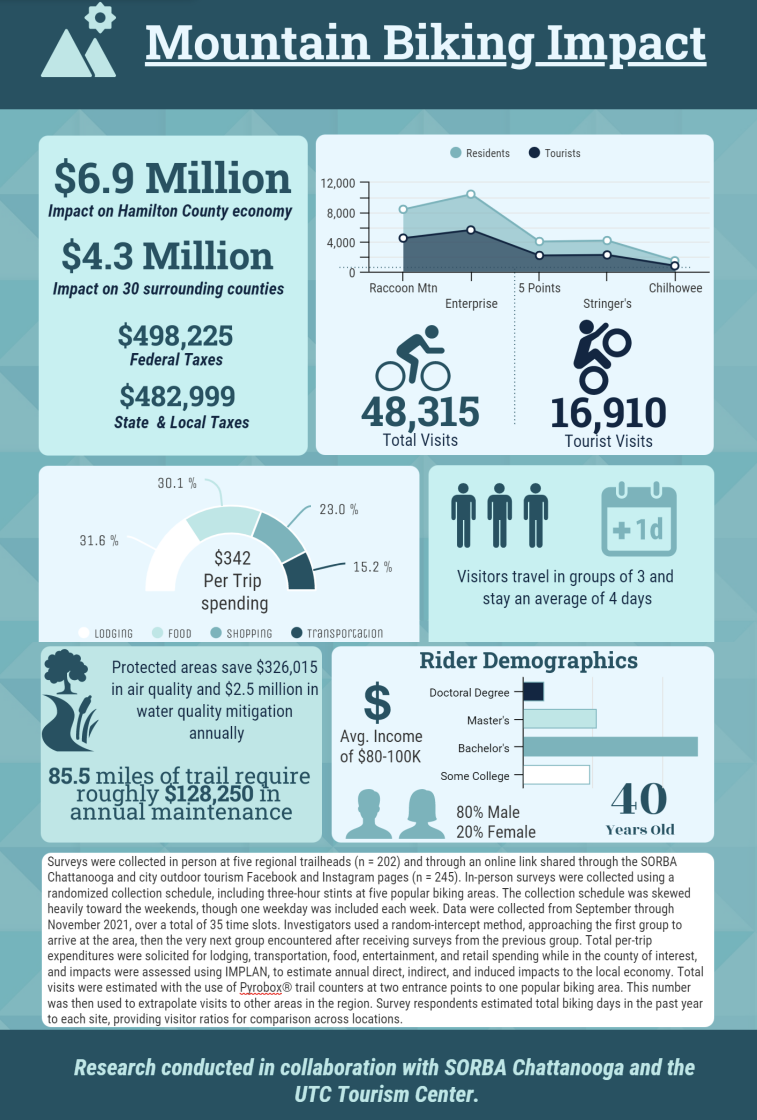
Economic Impact of Mountain Biking in Chattanooga, TN
An economic impact report from 2022.
Learn More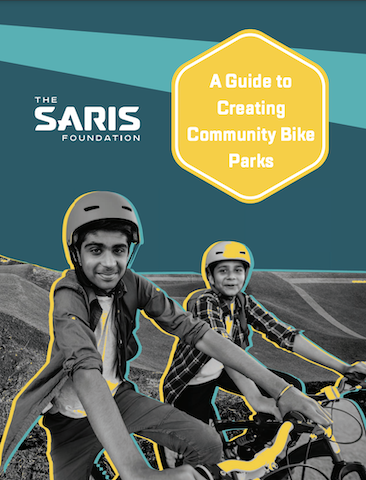
Saris Guide to Creating Community Bike Parks
A process guide for planning and building bike parks.
Learn MorePrograms & Workshops
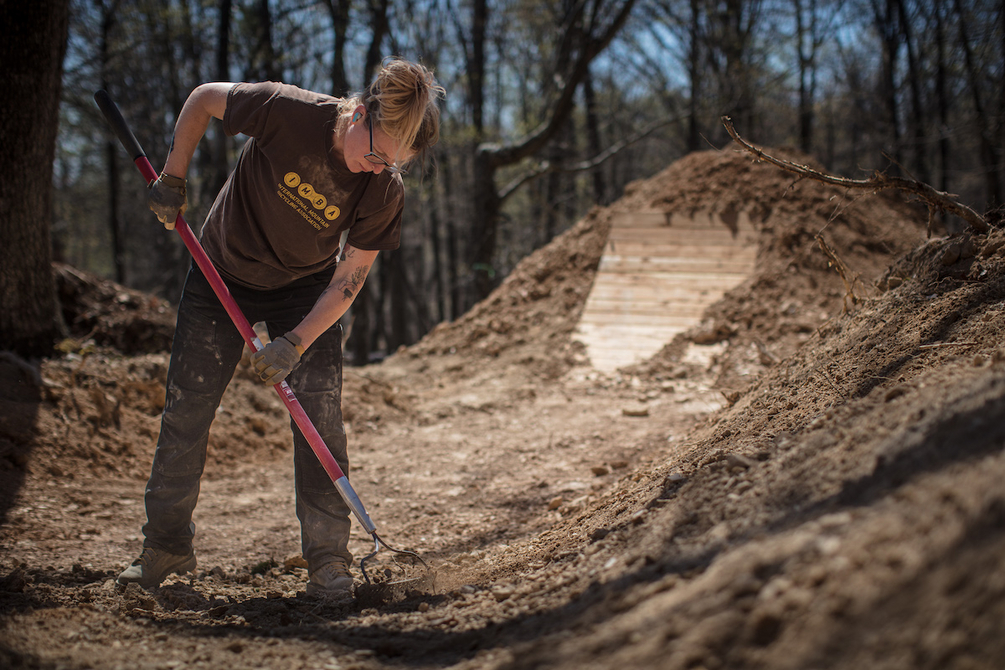
IMBA Trail Solutions
Partner with IMBA professionals to assess, plan, design, and build your trail vision.
Learn More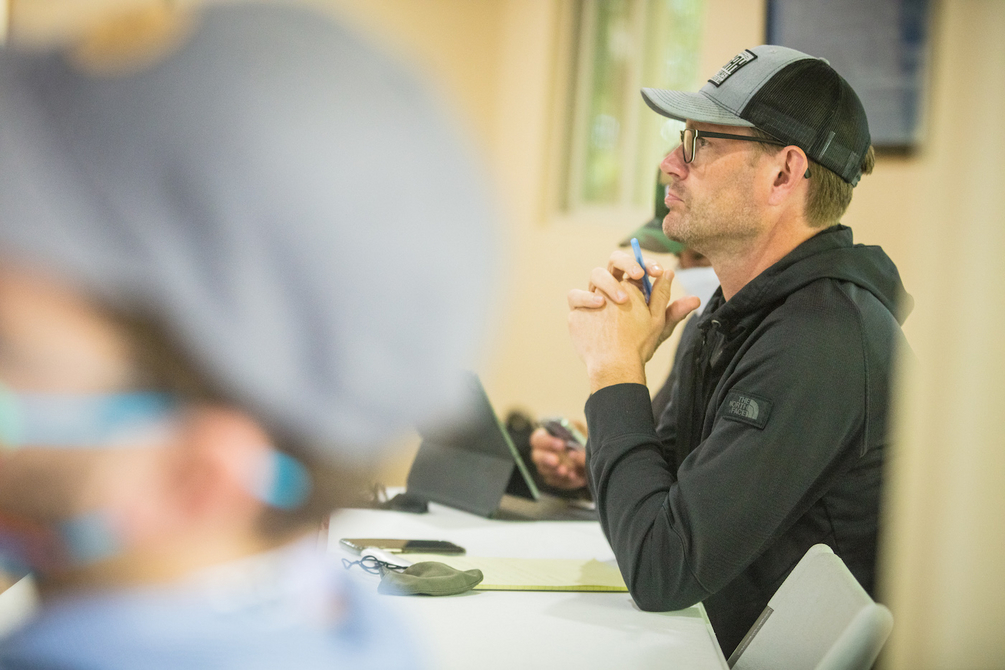
Trail Accelerator Workshops
Bring community stakeholders together to set your vision for trails.
Learn More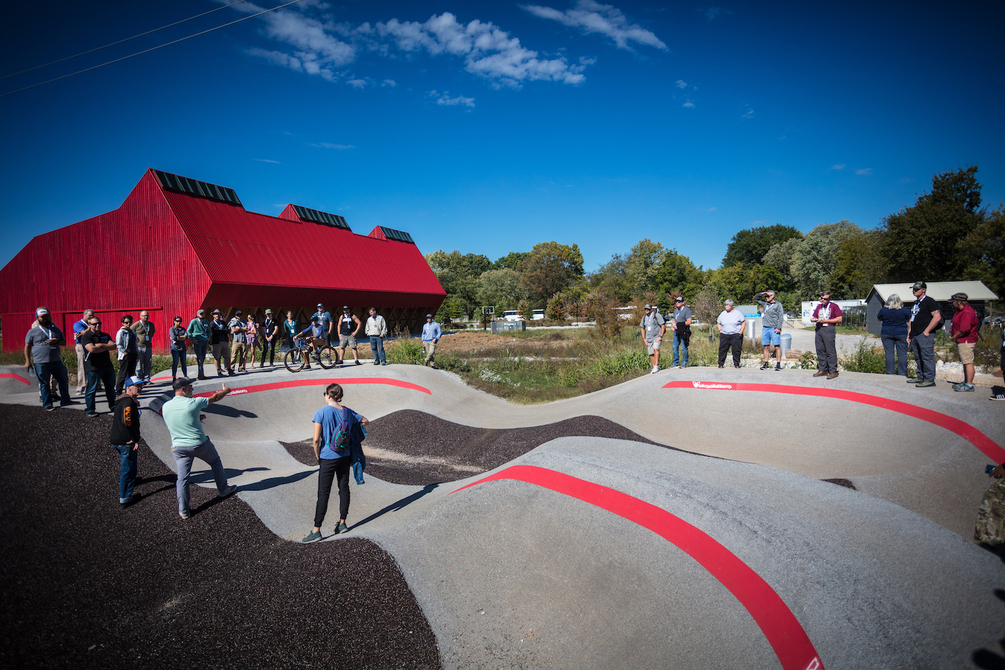
Trail Labs: Foundations
Join IMBA’s experts to learn the recipe for creating a model trail community.
Learn More